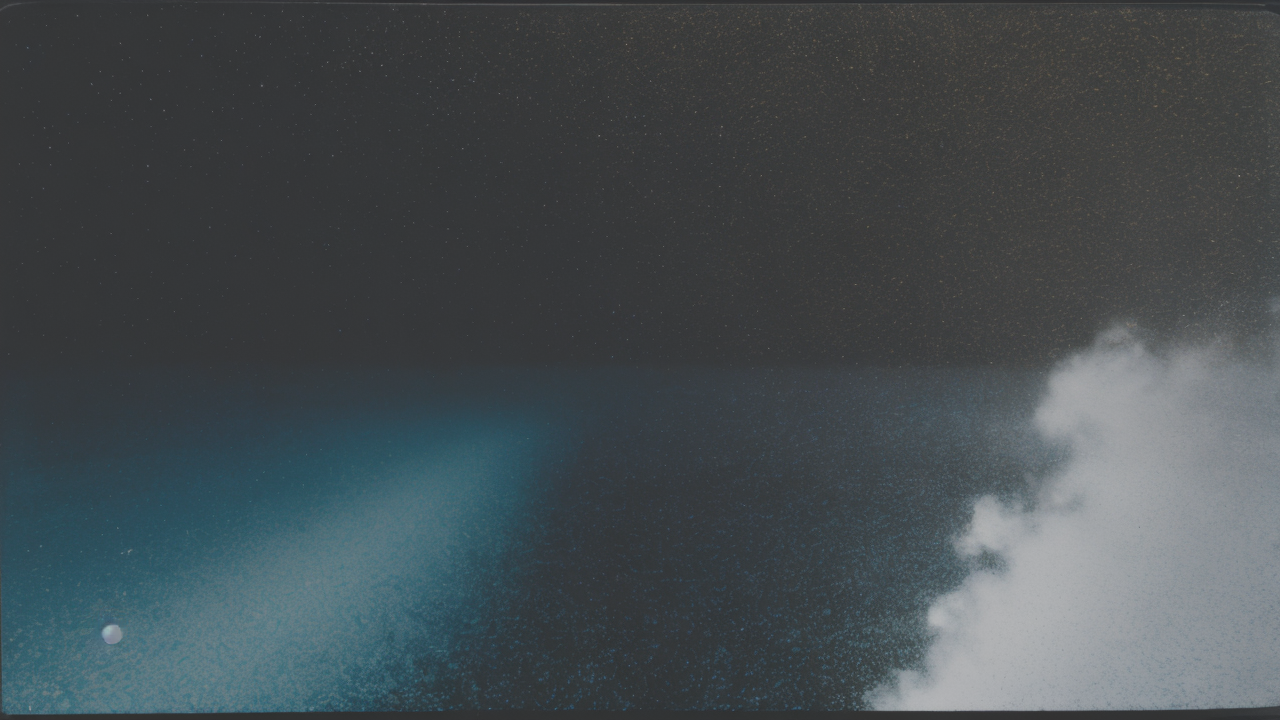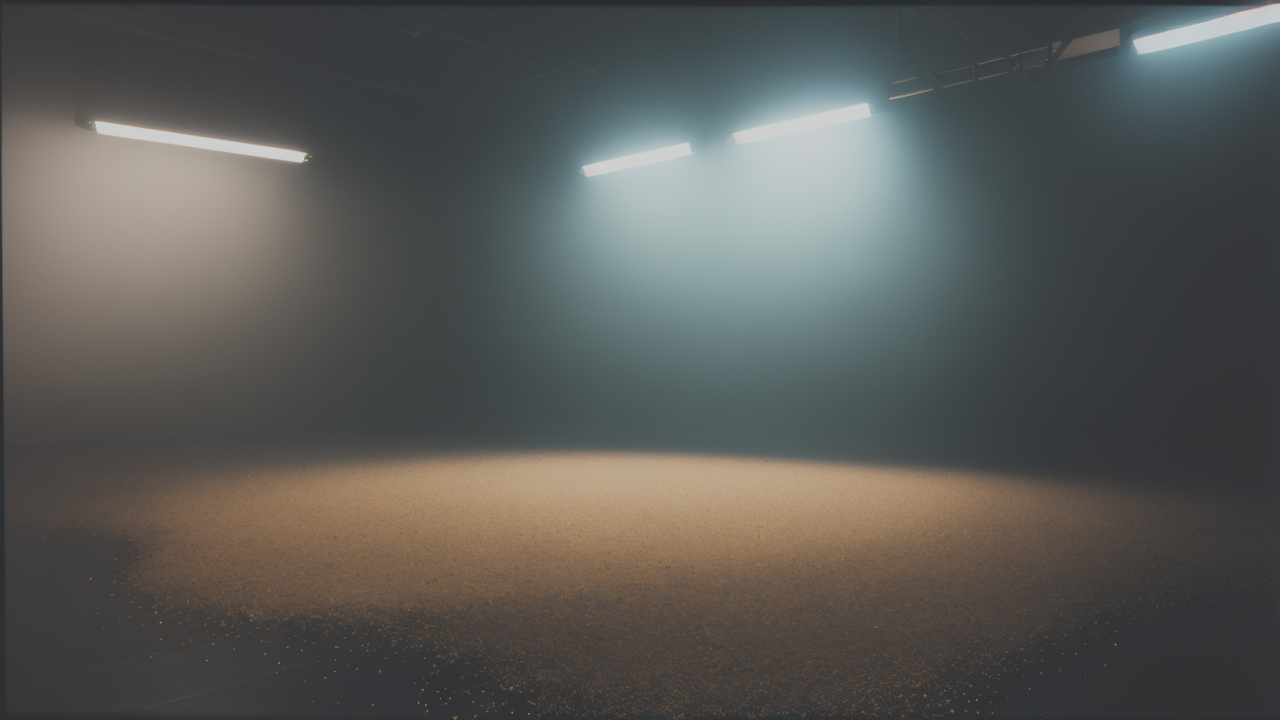
The Resurgence of Oil Painting in the Era of Minimalist Contemporary Art
The Evolution of Oil Painting Techniques Over the Years
From Ancient Times to Modern-Day Techniques
Oil painting has a rich history dating back to ancient times. It began with simple mixtures of pigments and oils. Over centuries, artists refined their methods. They developed new techniques to create depth and texture. The Renaissance saw a boom in oil painting. Artists like Leonardo da Vinci mastered the art of layering. This technique allowed for more realistic depictions. In modern times, artists continue to innovate. They experiment with new tools and materials. Some blend traditional methods with contemporary approaches. This evolution keeps oil painting relevant in today's art world.

The Impact of Technology on Oil Painting Practices
Technology has greatly influenced oil painting practices. Digital tools now aid in planning and sketching. Artists use software to visualize compositions before painting. High-quality paints and brushes are produced with advanced methods. This ensures better consistency and durability. Social media platforms allow artists to share their work globally. Online tutorials make learning techniques more accessible. Some artists even incorporate digital elements into their oil paintings. These technological advancements have expanded the possibilities of oil painting. They've also made it more approachable for new artists.
Notable Oil Painters and Their Legacy
Many oil painters have left a lasting impact on art history. Rembrandt van Rijn is known for his mastery of light and shadow. Vincent van Gogh's bold brushstrokes revolutionized expressionism. Georgia O'Keeffe's large-scale flower paintings remain iconic. Modern artists like Gerhard Richter continue to push boundaries. They blend abstraction with realism in innovative ways. These painters' legacies inspire new generations of artists. Their techniques are studied and adapted in art schools worldwide. Their works continue to influence contemporary oil painting styles. They prove that oil painting remains a powerful medium for artistic expression.
Understanding the Popularity of Oil Painting in the United States
Cultural Significance of Oil Painting
Oil painting holds a special place in American culture. It has been used to capture important moments in history. Portraits of presidents and leaders are often done in oils. These paintings hang in museums and government buildings. They serve as visual records of the nation's past. Oil paintings also depict landscapes and scenes of American life. They help preserve the country's natural beauty and cultural heritage. Many Americans view oil paintings as symbols of tradition and craftsmanship. This cultural significance keeps oil painting relevant in modern times.

The Role of Oil Painting in American Art History
Oil painting has played a crucial role in American art history. Early American painters used oils to document the new nation. They created portraits and landscapes that defined American identity. The Hudson River School painters used oils to celebrate nature's grandeur. Abstract Expressionists like Jackson Pollock revolutionized oil painting techniques. They pushed the boundaries of what was possible with the medium. Pop artists like Andy Warhol incorporated oil paints into their critiques of consumer culture. Throughout history, oil painting has been a tool for American artists to express their ideas and visions.
Current Trends in Oil Painting Among Young Artists
Young artists are breathing new life into oil painting. Many are combining traditional techniques with contemporary themes. Some explore social and political issues through their work. Others focus on personal narratives and identity. There's a trend towards more experimental approaches to oil painting. Some artists mix oils with other media like collage or digital elements. Realism remains popular, but with a modern twist. Hyperrealistic oil paintings are gaining attention on social media. Young artists are also exploring abstract and conceptual oil painting. They're proving that this classic medium can still be fresh and relevant.
The Future of Oil Painting in the Visual Arts
How Oil Painting is Shaping the Current Art Landscape
Oil painting continues to shape the current art landscape in significant ways. It remains a respected medium in fine art galleries and museums. Many contemporary artists choose oils for their versatility and depth. Oil paintings often command high prices in the art market. This encourages artists to continue working with the medium. The slow, deliberate process of oil painting offers a counterpoint to fast-paced digital art. It allows for a level of detail and texture that's hard to achieve with other media. Oil painting also bridges the gap between traditional and contemporary art styles.

The Growing Intersection of Oil Painting and Digital Media
The intersection of oil painting and digital media is expanding rapidly. Artists are using digital tools to plan and enhance their oil paintings. Some create digital sketches before transferring them to canvas. Others use projection mapping to guide their painting process. Digital photography is often used as reference for hyperrealistic oil paintings. Some artists are even creating oil paintings that incorporate augmented reality elements. This blend of traditional and digital techniques is opening new possibilities. It's attracting a new generation of artists to oil painting.
Predictions for Oil Painting's Role in Future Art Movements
Oil painting is likely to play a significant role in future art movements. Its versatility allows it to adapt to new ideas and techniques. We may see more environmentally conscious approaches to oil painting. Artists might explore sustainable materials and non-toxic paints. Virtual and augmented reality could change how we experience oil paintings. Interactive oil paintings could become more common. The line between digital and traditional art may continue to blur. Oil painting could be at the forefront of this fusion. Its rich history and adaptability make it well-suited for innovation. Oil painting will likely remain a vital part of the art world for years to come.


